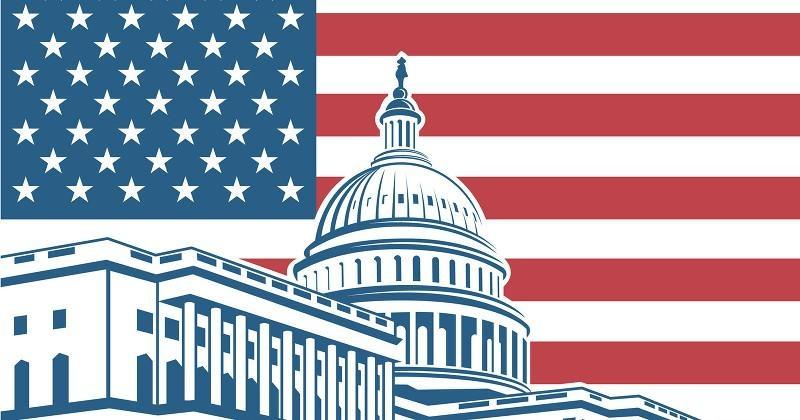
While redistricting can be a curse for some politicians by forcing them into uncomfortable and even unwinnable situations, new congressional lines can be launching pads for other candidates, with repercussions beyond the House.
At least six U.S. senators can credit their initial arrival on Capitol Hill to redistricting. Each of them appeared to be destined for Congress at some point, but new lines propelled them into the House and put them in position to later advance to the Senate.
That means while there are initial macro implications for redistricting on the fight for the House majority and micro impacts on the fate of individual members, there are ripple effects beyond the 2022 elections that could play out over the next decade or more.
Chris Van Hollen
After the 2000 census, Maryland Democrats targeted longtime GOP Rep. Connie Morella for defeat through the redistricting process. Vice President Al Gore carried Maryland’s 8th District 60-36 percent over George W. Bush in the 2000 presidential election, but that wasn’t enough to defeat Morella, who was considered one of the most liberal Republicans in the House. So Democrats redrew the 8th District to the point that Gore would have won 66-31 percent, according to CQ’s Politics in America, making it arguably unwinnable for any Republican.
Those favorable lines attracted a crowd of Democrats including state Sen. Chris Van Hollen. At the outset, Van Hollen was not the favorite. That mantle fell to state Delegate Mark Shriver, a member of the famous Kennedy family. But Van Hollen prevailed in the competitive primary and defeated Morella 52-48 percent in the general election.
The congressman was routinely reelected with an average of 75 percent. In 2006, Van Hollen decided not to run for...

